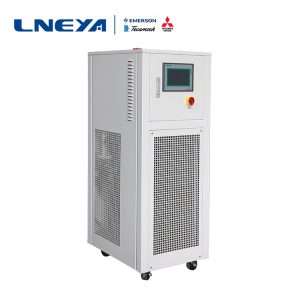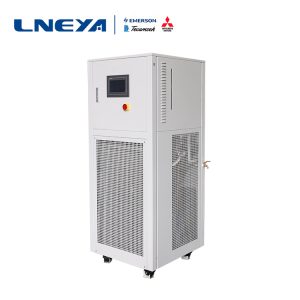Technological Characteristics of Glycol Refrigeration System
Raccomandazioni correlate
-
Principio di refrigerazione del refrigeratore a bassa temperatura
979Il principio di refrigerazione del cosiddetto refrigeratore a bassa temperatura consiste nell'utilizzare il metodo artificiale, la refrigerazione a compressore, attraverso il consumo di energia, in un processo a ciclo, in cui i materiali di raffreddamento portano via il calore. In genere, i refrigeratori...
Visualizza i dettagli -
Guidelines for Safe Use and Maintenance of Ultra-Low Temperature Freezer
10031. It is necessary to understand the influence of environment on refrigerators.2. Familiar with basic operation, maintenance and maintenance knowledge3. Develop good habitsLet the refrigerator breathe freely;Let the air around the refrigerator ci...
Visualizza i dettagli -
Diverse considerazioni importanti per le imprese quando si utilizzano i raffreddatori per riscaldamento
1267Oltre a quanto sopra indicato, le imprese devono prevedere una persona responsabile dell'avvio e dell'arresto dei frigoriferi, degli interruttori, delle riparazioni e della manutenzione. Le precauzioni per l'uso dei frigoriferi nelle aziende sono...
Visualizza i dettagli -
Considerazioni sulla scelta del sistema di controllo della temperatura del sistema di distillazione
1323Lneya distillation system temperature control system is a self-developed refrigeration heating temperature control system for the distillation industry supporting equipment, which is highly sought after in the distillation industry. So what should...
Visualizza i dettagli
 Refrigeratori industriali LNEYA Produttore Fornitore
Refrigeratori industriali LNEYA Produttore Fornitore












